Storms, Floods & Droughts
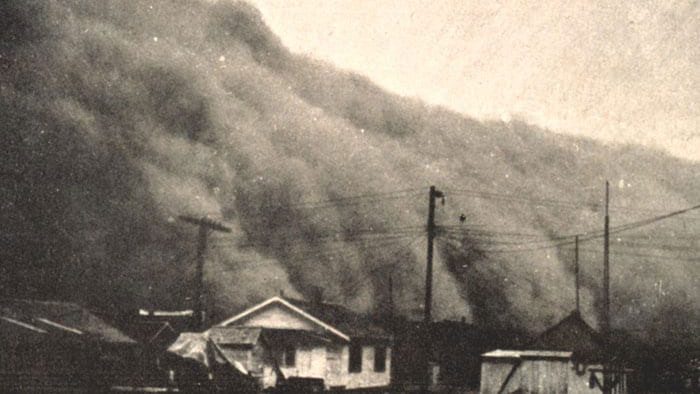
News & Insights
What happens to natural gas in the ocean?
WHOI marine chemist Chris Reddy weighs in on a methane leak in the Baltic Sea
The spread of plastics and oil in Sri Lanka from the wreck of M/V X-Press Pearl
On May 20, 2021, the cargo ship M/V X-Press Pearl caught fire off the coast of Sri Lanka. The container ship was carrying 78 metric tons of a material known as plastic nurdles. What happens now?
How WHOI’s young pioneers once tried to look for the lost city of Atlantis
When a new oceanographic institution began in 1930 in Woods Hole, Massachusetts, it was one of the few in the world equipped to search for a fabled sunken city, described thousands of years ago by a Greek philosopher
A checkup for the oceans reveals threats to human health
The health of the world’s ocean is in serious decline—and human health is suffering as a result. A comprehensive report from the Monaco Commission and co-authored by several WHOI researchers investigates the impacts of ocean pollution and recommends actions to safeguard human health.
WHOI-assisted study finds ocean dumping of DDT waste was “sloppy”
An investigative report this week in the LA Times features the work of WHOI’s marine geochemistry lab in identifying the discarded barrels and analyzing samples from the discovery.
News Releases
New harmful algal blooms report
The Detection of a Massive Harmful Algal Bloom in the Arctic Prompts Real-Time Advisories to Western Alaskan Communities
Woods Hole Center for Oceans and Human Health Receives Additional Five Years of Funding
Some Plastic Straws Degrade Quicker Than Others, New Study Shows
A new way of looking at plastics
[ ALL ]
WHOI in the News
It’s the Golden Age for shipwreck discoveries. Why?
Salt pond closed for a second time by red tide toxicity
California’s historic storms continue. Here’s how much scientists say it’s being driven by climate change
[ ALL ]
From Oceanus Magazine
Counting on Corals
As struggling reefs put a squeeze on Belize’s Blue Economy, could heat-tolerant corals be the answer?
A cabled ocean
Internet cables on the seafloor could advance how we track changes in the Arctic
The ocean gets a fresh look at UN Climate Conference
A peek inside the Ocean Pavilion’s immersive spaces


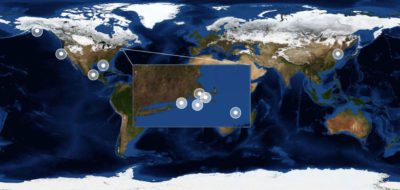
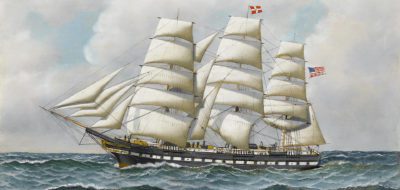
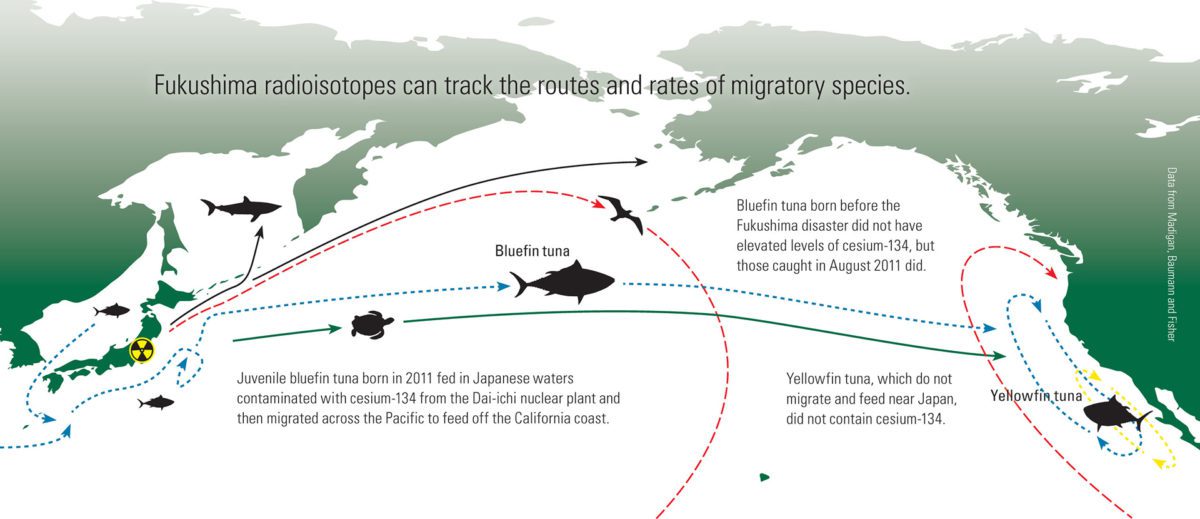
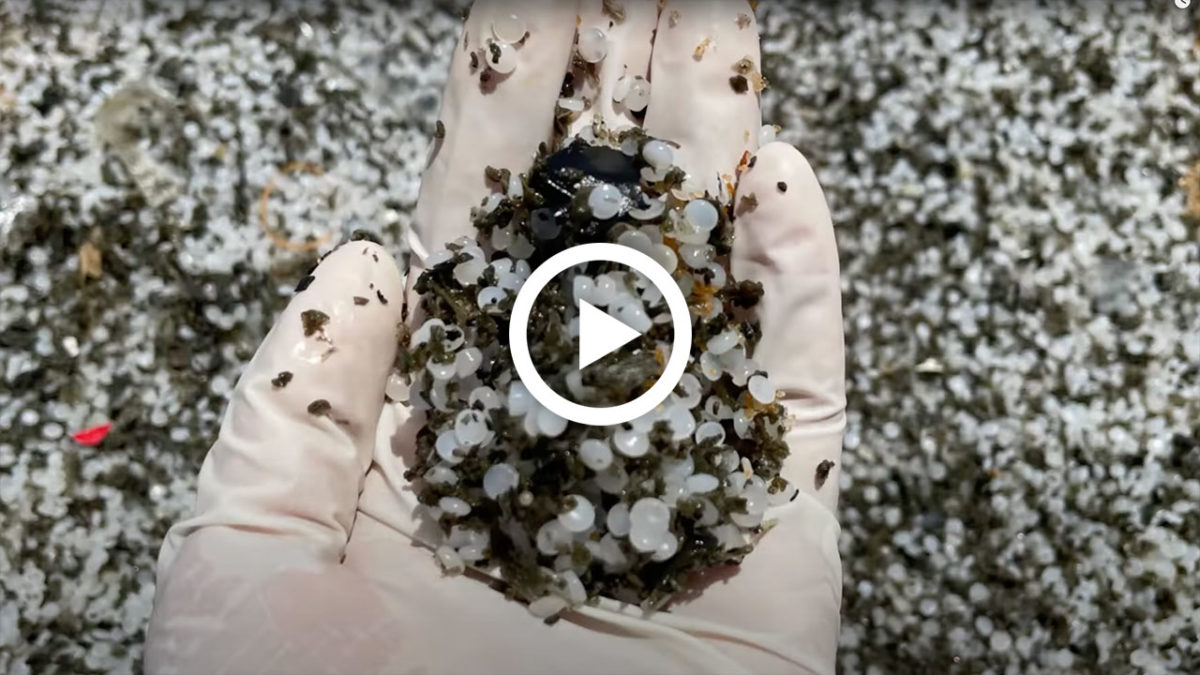
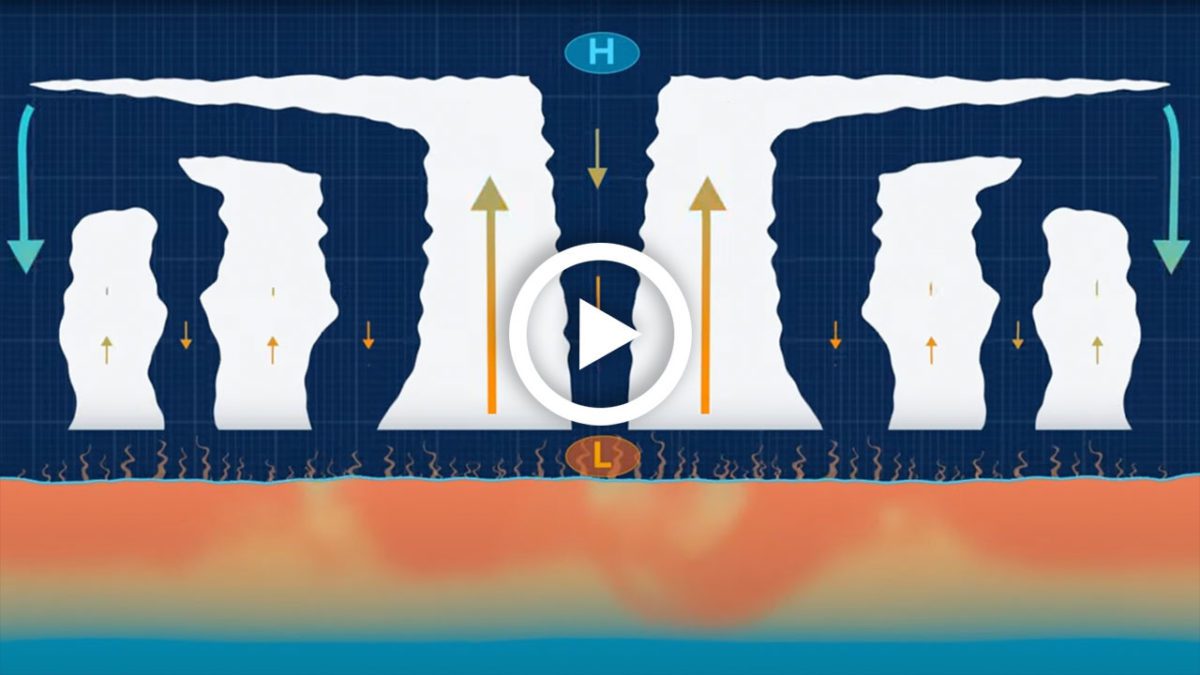
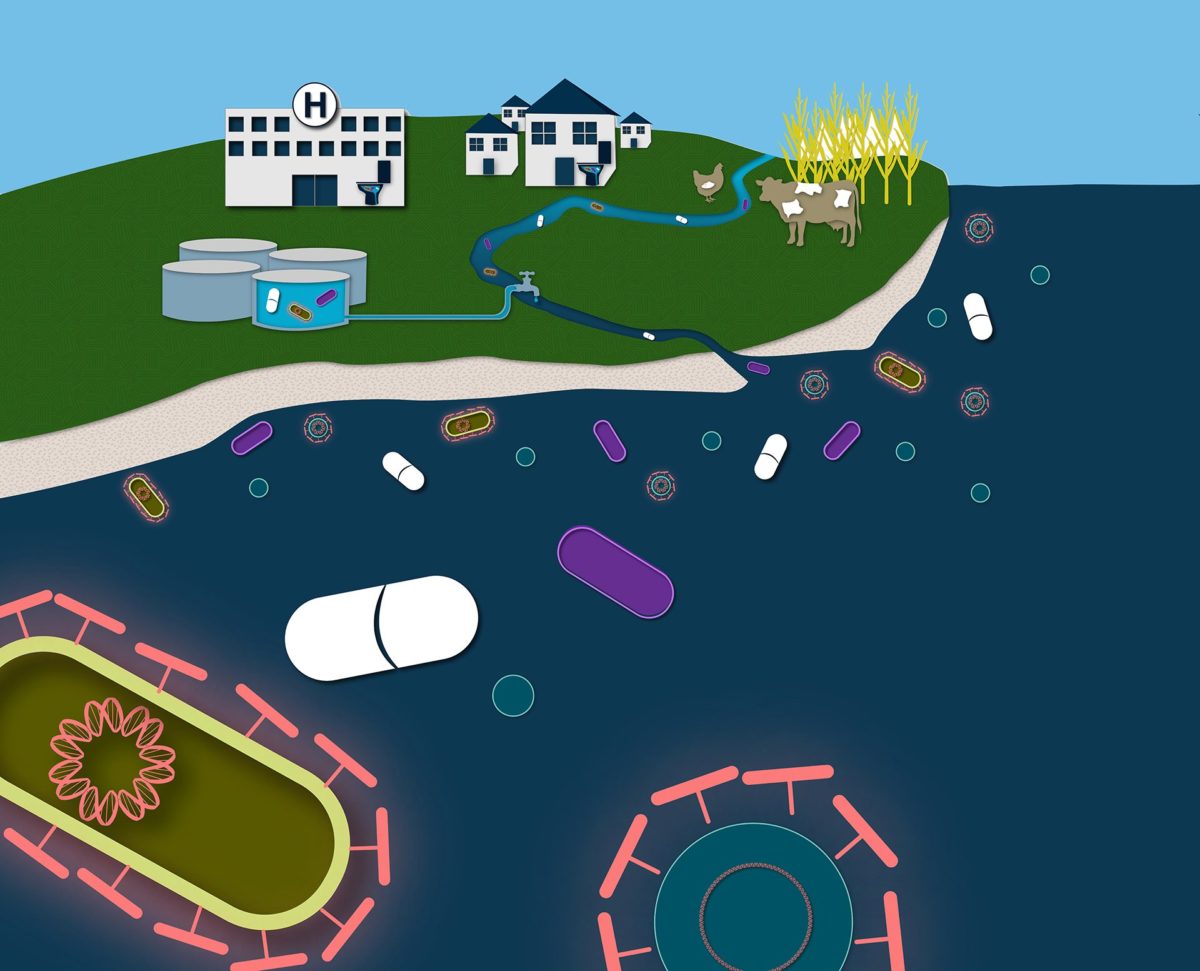

 Earthquakes
Earthquakes 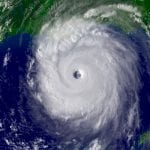 Hurricanes
Hurricanes 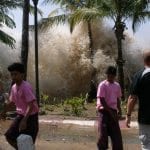 Tsunamis
Tsunamis